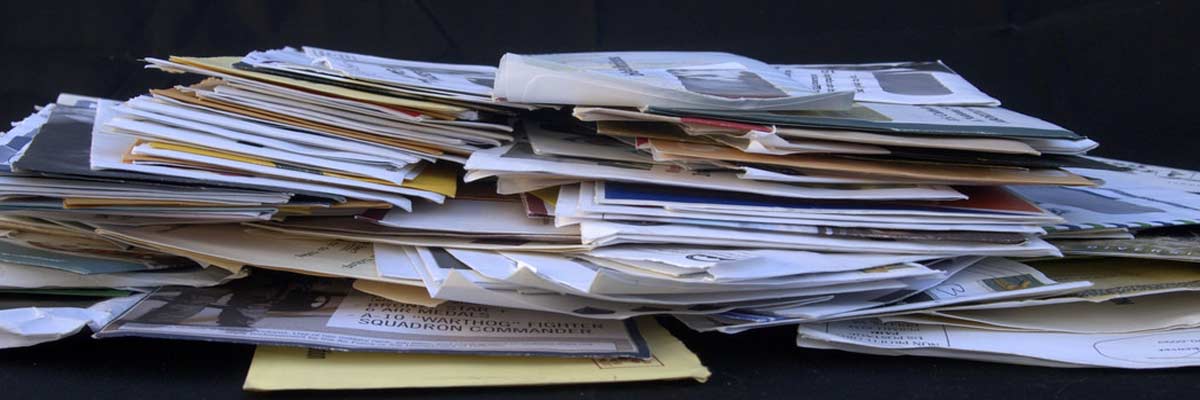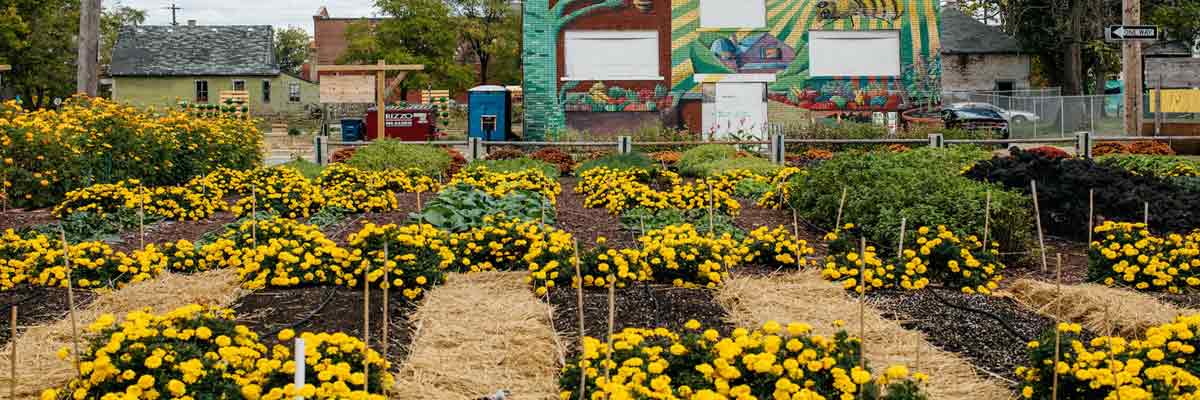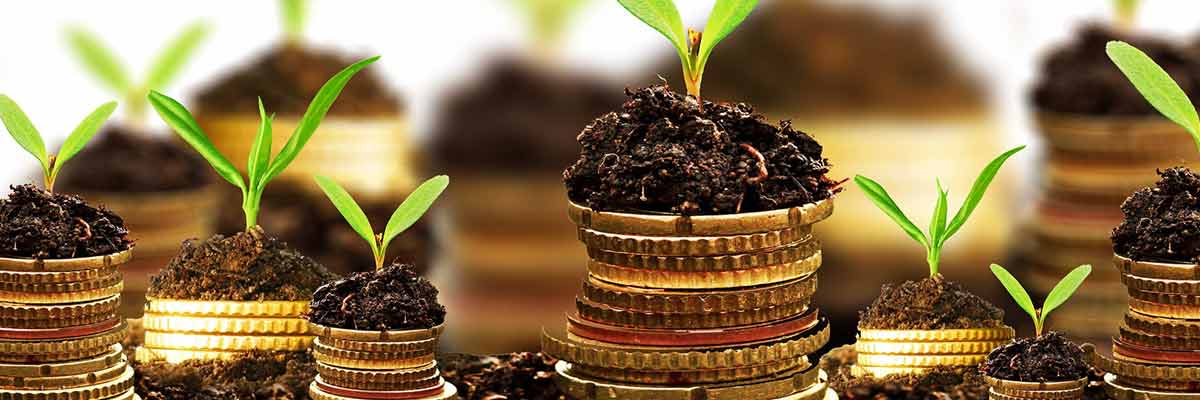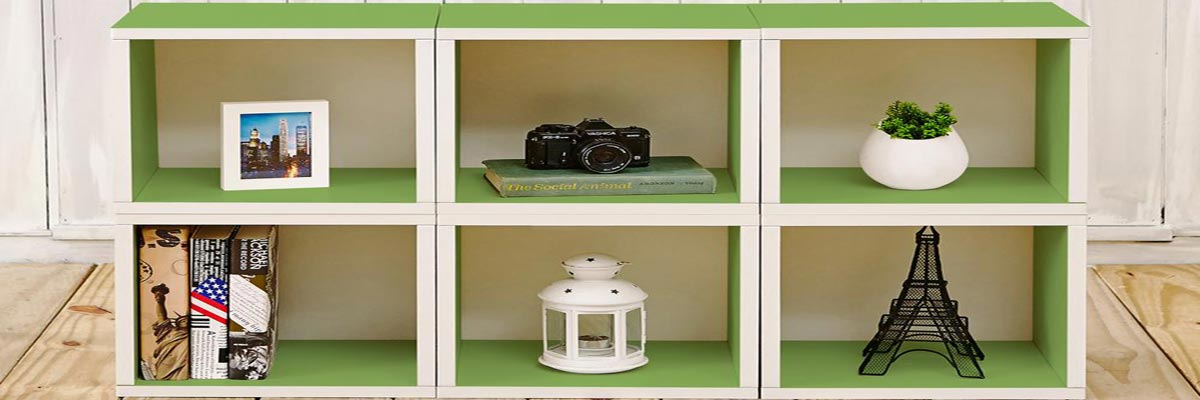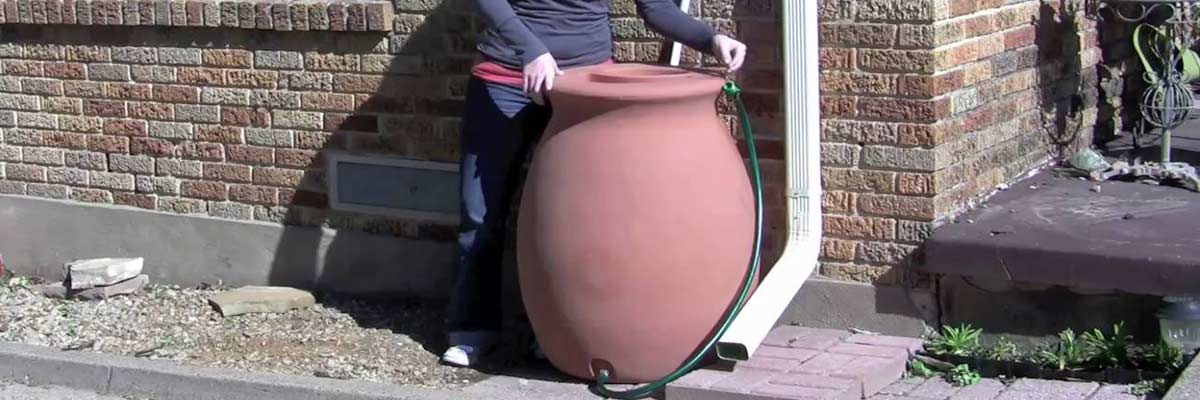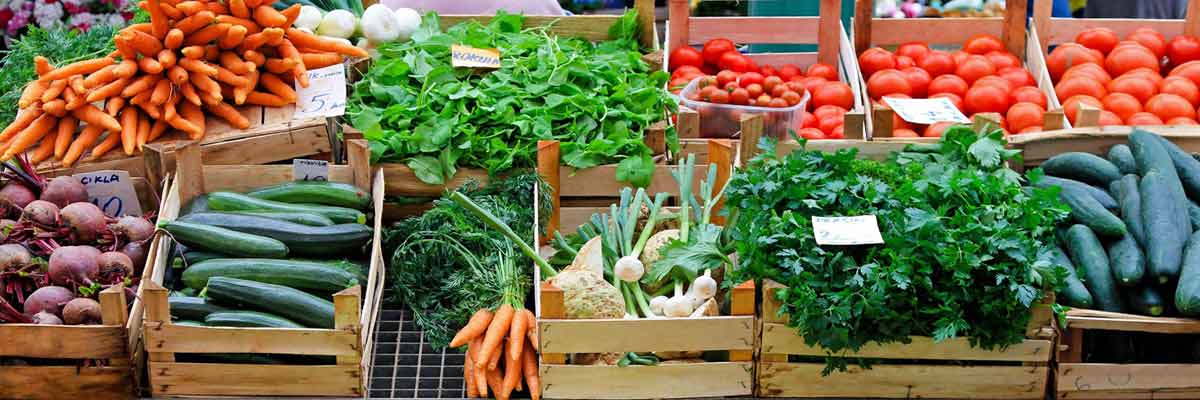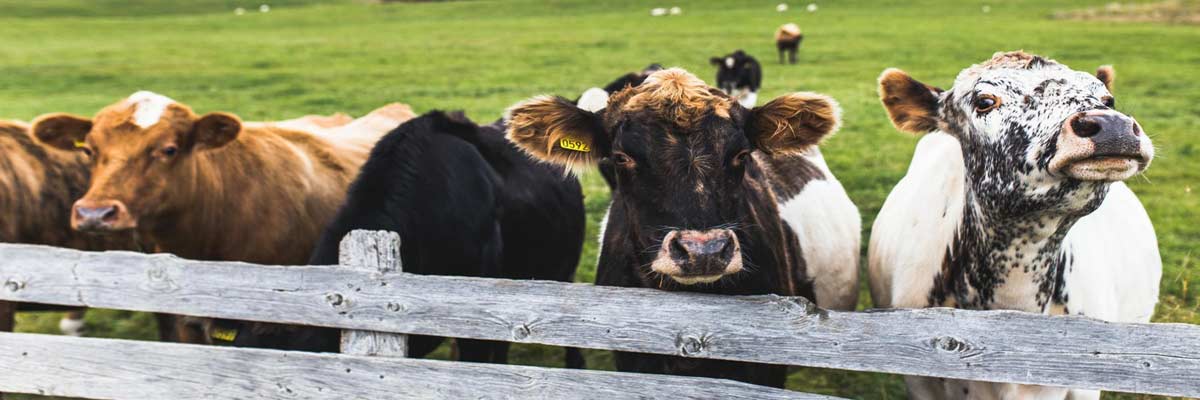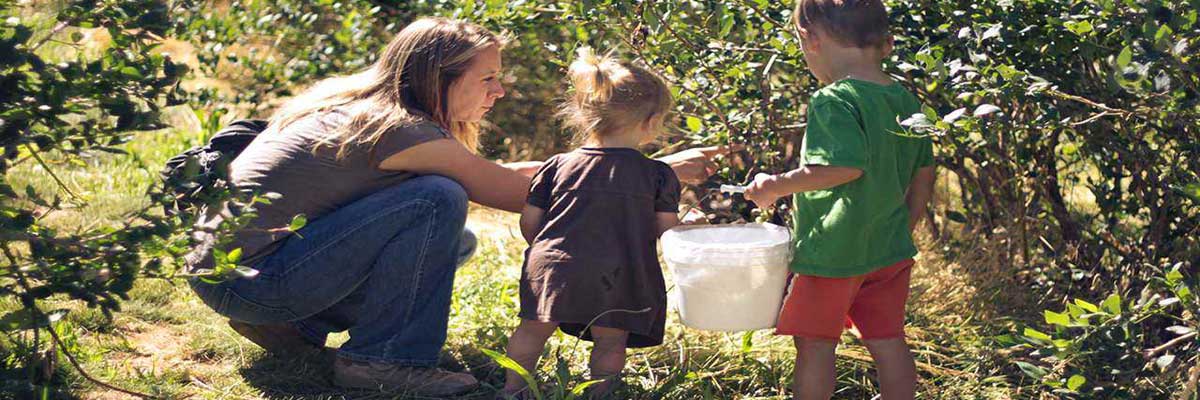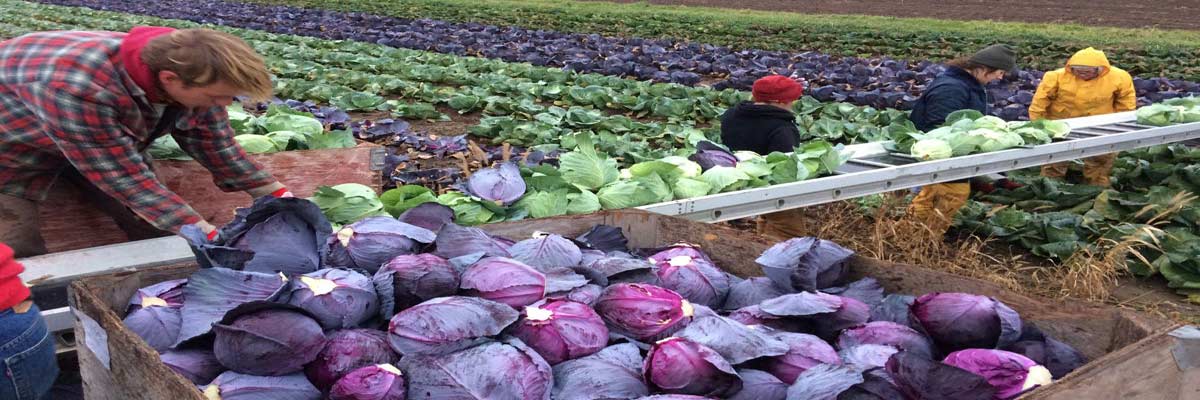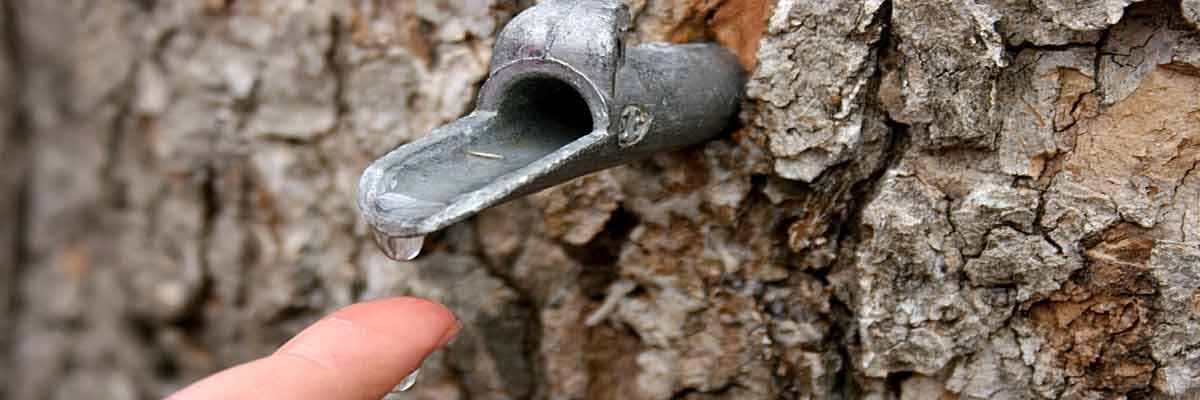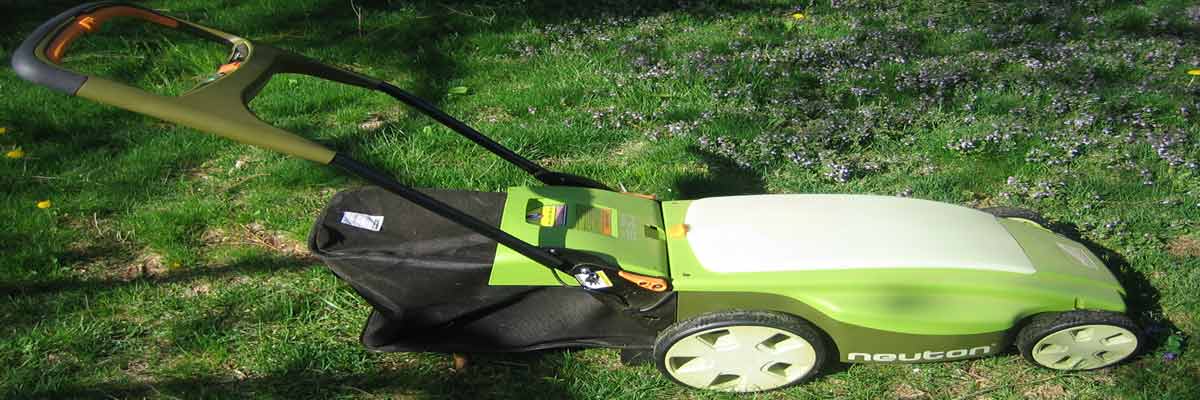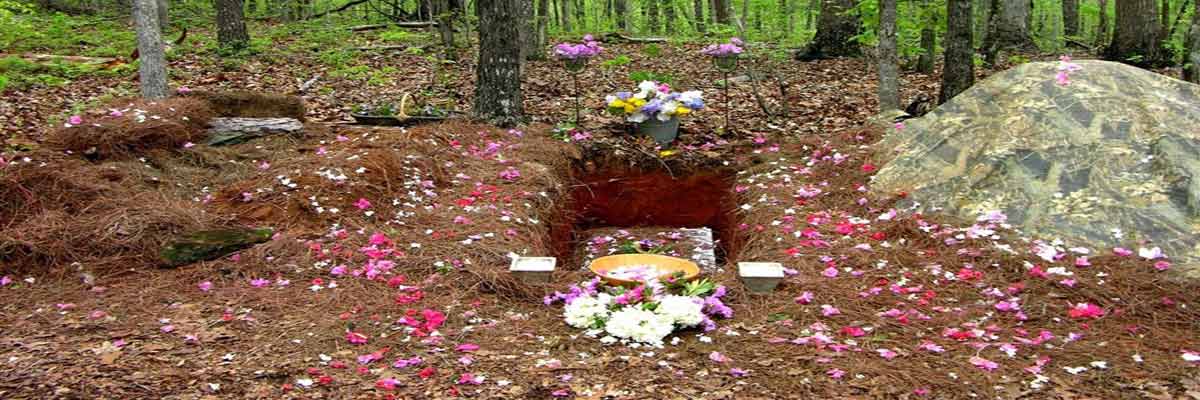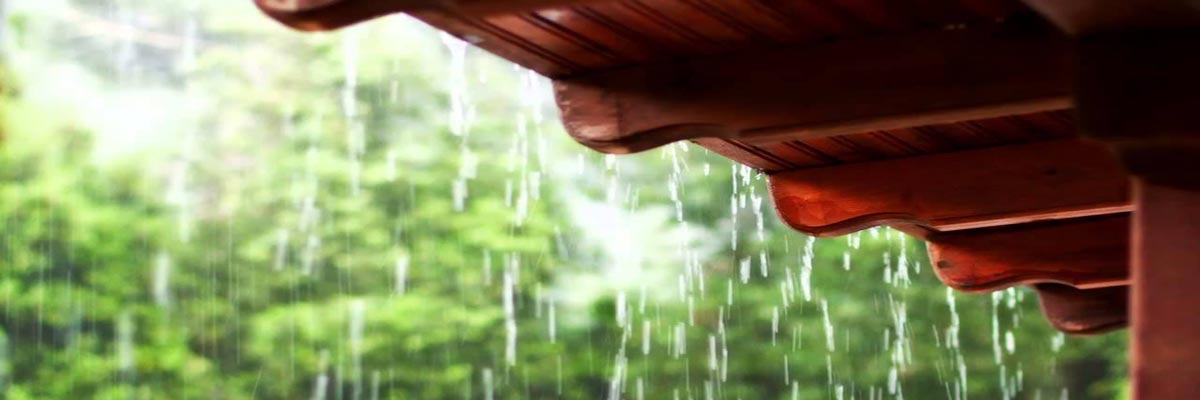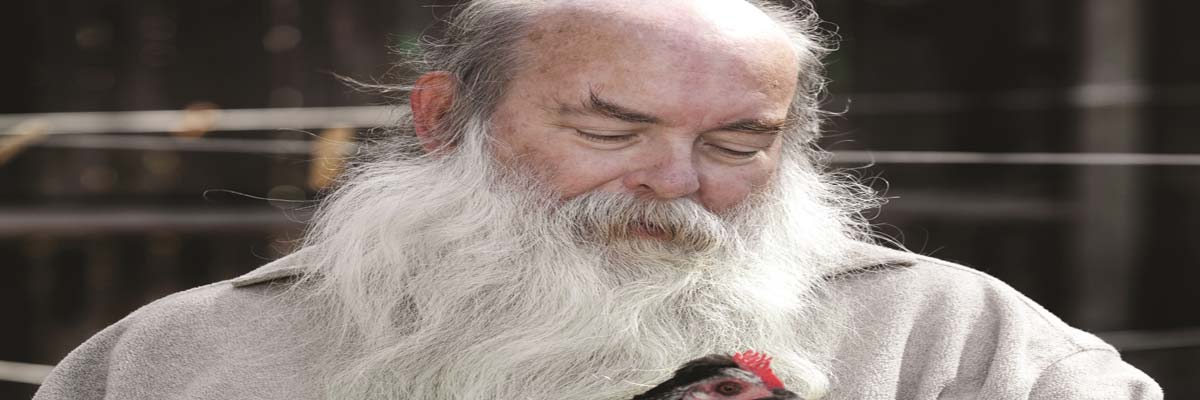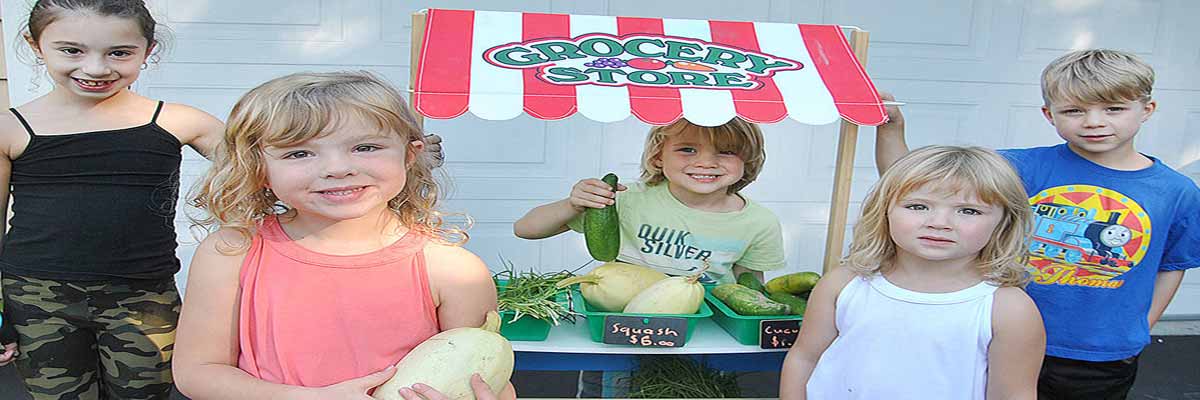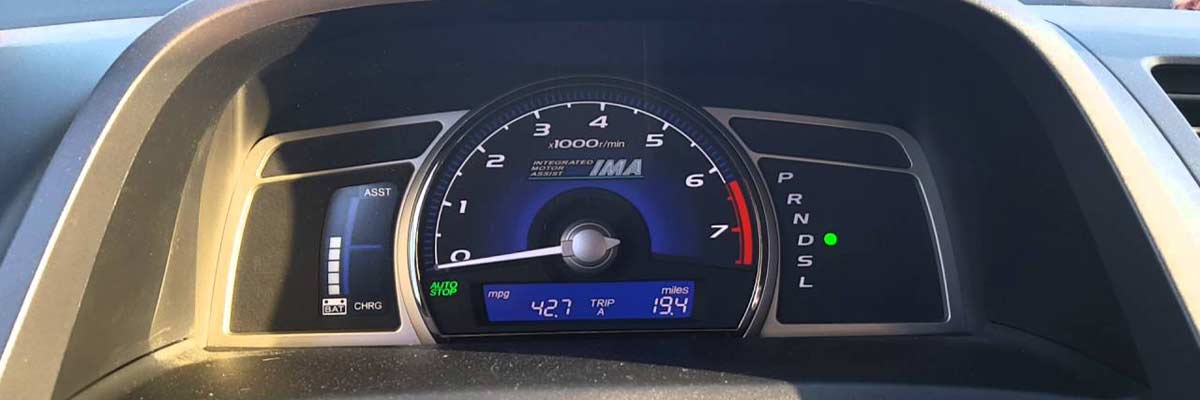Is it Time to Sign Up for E-billing?
Ebillplace.com released a video recently discussing some of the environmental impact of replacing your paper bills with electronic bills. I was surprised by the impact and just had to share.
· Eliminating the mail Americans receive in one day could produce enough energy to heat 250,000 homes.
· Every year, producing and transporting paper checks has the same environmental impact as burning 674 million gallons of fuel. That’s 1,000 Olympic-sized swimming pools full of gas, oil and diesel fuel.
· If every American turned off just one paper bill, it would save enough paper to stack as tall as 1,000 Empire State buildings.
In the Wake of the End of the Auto
With enough abandoned lots to fill the city of San Francisco, Motown is 138 square miles divided between expanses of decay and emptiness and tracts of still-functioning communities and commercial areas. Close to six barren acres of an estimated 17,000 have already been turned into 500 “mini- farms,” demonstrating the lengths to which planners will go to make land productive.
I have a question. How much bailout money will the gardeners and farmers of urban Detroit receive? As it turns out I have more than one question. When will this country recognize that we must make a fundamental shift in our way of life to continue as a society. When will we face facts and realize that throwing good money after bad is stupid? Consumers are turning back into citizens. It’s becoming harder to make them buy stuff they don’t really need. This is a good thing in the long run but in the short run it will derail our consumer-based growth economy. The big question we should be asking ourselves is how much longer are we going to continue wasting our wealth on a failed reality and when will we wake up? It’s time for real, fundamental change; whether we like it or not.
Sustainability: Your Business’s Best Defense Against Recession
This is a guest post by Kevin Wilhelm. Kevin is the Chair of the Seattle Chamber’s Sustainability Committee, an Advisory Board Member to the Center for Sustainable Business, and is an adjunct faculty at Antioch University-Seattle where he teaches Sustainable Business Finance. He is a former advisor to both the Corporate Climate Protection Agreement and the Executive Service Corps of Washington. You can learn more at Sustainable Business Consulting.
In these uncertain economic times, companies often gravitate towards budget cuts and to scale back sustainability or “green” programs because of the notion that they take away from the bottom-line.
In reality, this thinking is the exact opposite of what business leaders need to do. Sustainability may actually be the best defense against market volatility during uncertain economic times.
zBoards Give New Meaning To Sustainable Modular Furniture
There’s something to be said for the creative pursuit of modular home furniture. Nobody likes being “boxed” in when it comes to accessorizing — and surfing the web or burning fuel to find something that fits just right is more often than not a giant pain in the ass.
That’s why it was refreshing to come across Way Basic’s zBoards this morning. Not only are they made from 99% recycled materials (and recyclable) but they also require no tools to put together — just stick and build. From the website,
Review: The Beautiful And Functional Cascata Rain Barrel
I’ve always wanted a rain barrel. In fact, back in June,I wrote a post declaring as much and announcing my quest to pick something up that was both eye pleasing and practical. Living in Ithaca, NY, I don’t have many problems with drought — but watching all that water roll off my roof, I figured it was a waste to simply see it hit my lawn and disappear. Besides, why pay that much more for municipal water for my garden when I could capture that which fell from the sky?
I’ll admit that writing about water issues in the southwest U.S. and visiting friends in Arizona also made me curious why water conservation tactics (like rain barrels) weren’t used more. Was it because they’re still relatively unknown? Were they a pain to setup and use? I was curious and therefore wanted one. Thankfully, the folks at Garden Supermart heard my cry and hooked me up with one of their Cascata Rain Barrels. After playing around with it (I use that term loosely) for two weeks, I can sum up my reaction in one sentence: Everyone should have one.
Small Town Unites Around Local Food to Save The Town
The NY Times has an article up on their site recently discussing how a small town in Vermont is using local foods to save the local economy of their small town.
“Across the country a lot of people are doing it individually but it’s rare when you see the kind of collective they are pursuing,” said Mr. Fried, whose firm considers social and environmental issues when investing. “The bottom line is they are providing jobs and making it possible for others to have their own business.”
This is interesing to me because they are essentially building the entire local food infrastructure. They are moving past the idea of just supplying beef or vegetables to consumers at the farmer’s market. They are actually moving into producing local food products. They are preparing the town for the future where food will need to be more local. And even better, they are recirculating those food dollars in their town to be reused over and over.
Check out the article and let me know what you think.
La Cense Grass Fed Beef – Review and Giveaway!
Vote La Cense! That is the motto of the cattle ranchers of La Cense cattle ranchers. They are trying to educate the public in the benefits of grass-fed beef, and Angus La Cense is their (fictional?) candidate in the Grass-Fed Party…
Who is Angus La Cense?
Angus La Cense is a cow from the La Cense Ranch who is representing the Grass-fed Party in the upcoming election. He is an advocate of grass-fed practices that produce happier cows, healthier people, stronger rural communities, and healthy grasslands.
What is the Grass-fed Party?
The Grass-fed Party is an organization of people who support grass-fed foods and sustainable ranching and believe that America can hold higher standards to its cattle industry. The Grass-fed Party empowers citizens with the knowledge necessary to make the best choices, whether their role is the feed a family or help make new policies that work. The Grass-fed Party supports putting traditional ranching practices back in rural America to help the smaller communities thrive, to help preserve and enrich ranchlands, and to help cows eat according to their natural diets and have access to clean air and water.
Ovetto Recycling Egg Probably Not The Best Thing To Splurge On Right Now
With the worldwide economy in the trash — and people cutting back for the impending recession — we can’t help but glance sadly at the Ovetto Recycling Egg and wonder ‘what might have been?’. You see, sorting recycling can be something of a chore for people; though I’m not sure why. If I gave my parents this egg, it would probably increase their efforts to recycle beyond the guilt and shame I shower on them every time I find a bottle in the garbage.
Problem is, this little egg of wonder costs $250. I mean, it’s the garbage can of the future, but I think I’ll wait until prices drop a bit. Here’s the full description:
“Interior Architect and Designer Gianluca Soldi has designed Ovetto differenziato, or recycling egg, “an object that meets the needs of domestic waste separation in order to educate the population to correctly dispose of waste in order to be able to consequently recycle it. Ovetto fits easily in modern homes and offices and is a great gift for anyone who wants to show off their “green” engagement.” Of course, it is made of recycled polypropylene
What do you think — want one?
Making Connections and Applesauce
We live in the suburbs of Seattle and our neighborhood is full of regular hard working folk busy with life and not much time set aside for much else. Aside from our immediate neighbors regular communication with the rest of our neighbors is not a very common activity.
Tonight while on a walk with the kids we stopped at the home of one of our unfamiliar neighbors, previously we have only exchanged waves at a distance and usually through the windshield as he drove by our house. We stopped to see if he would let us pick some apples from the tree in his front yard. Heavy laden with some beautiful yellow apples it was just begging for us to stop!
Alan gladly gave us permission to pick some apples and invited us to come back in the spring to pick cherries from the tree in his backyard. It was apparent that these apples would most likely not all get picked and many would go to waste we were more than happy to make good use of them. In turn, I offered my services to prune this tree for him as well we would also bring him some applesauce. He was happy to share the excess of apples from his yard and the history of the tree. This Yellow Delicious apple was planted in 1987 when his second daughter was born. She has now moved out of the home but this tree remains and stands as a reminder of precious time in his family’s past.
Grow Food Party Crew
I came across this video today of a group of like-minded people working together to improve their lives. They call themselves the Grow Food Party Crew, a part of the Ojai Valley Green Coalition, their goal is to work together to build their local food shed and strengthen their community. They employ permaculture principles as their design approach to food production and land use. Projects include vegetable gardens, rainwater harvesting, as well as natural earthen structures. All the while having a great time doing it!
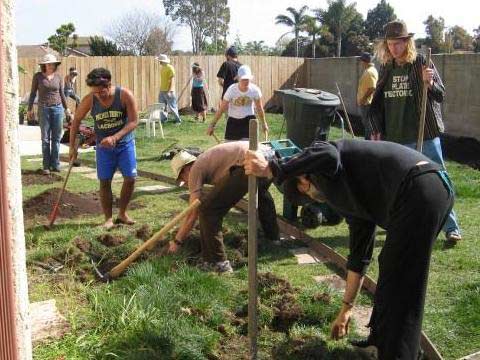
Why not start a Grow Food Party Crew in your neighborhood!
Personal Review of ASPO-USA: Day 1
[ed note: I am putting this up without the bells and whistles (links, etc.), and with perhaps a few typos. I’d rather get it up in a timely fashion and return to it to correct any mistakes. Comments are welcome and appreciated by those that can clarify or rebut my recollection of the events.]
ASPO Day 1:
Our first day of ASPO started out with a tour of Old Sacramento, followed by a chance meeting with a board member of an upstart Extended Oil Recovery (EOR) firm called Titan Oil Recovery. He described their revolutionary technique to bring life to mature oil fields, involving the Titan process which causes microbes found in the well to multiply and break down the size of oil particles trapped in rock to a small enough size to allow them to flow, increasing total recoverable crude from the well, and causing a rapid increase in production. My opinion, keep an eye on this company. If they can really do what their data showed, it my be a game changer for production in mature fields.
Tapping Your Maple Trees – Start Preparing Now!
Do your children think that food comes from the supermarket or maybe the shop at the gas station? We all have opportunities to open that door to the past and learn to rely on nature to provide for our dietary needs. If we give her a chance, it is amazing how willing Mother Nature is to sustain our needs. One green (and fun) opportunity to utilize nature is to tap your maple trees to collect the sap. Now that is really tapping into Mother Nature!
I started tapping maple trees in my yard several years ago and constantly get questions about how to do this. The reality is that with the right equipment and a little direction, it is quite simple. The trick is to be prepared when the sap starts to flow (sometime in February or March depending upon weather conditions).
The Neuton Electric Lawn Mower Kicks Some Serious Grass
UPDATE: Ecorazzi is now giving away a Neuton in celebration of their two year anniversary. One person will be chosen at random.]
Before I start this review, you should know that I have a love/hate relationship with lawns. Living in the Northeast, they’re a necessary evil when one has not yet shifted an entire backyard to something built on permaculture. On the other hand, a recently cut lawn does look beautiful and sharp — something drilled into my head from summers of mowing other lawns to make cash in High School.
When my lawn turns colors from a lack of rain, I do not get out the sprinkler. I consider it a vacation from the weekly chore of mowing. If weeds or other variants of grass make their presence known, I consider them compliments to the scenery. It amuses/depresses me to no end the amount of resources Americans spend on the upkeep of lawns across the US — especially in places where grass has no business growing in the first place.
Why Off-Shore Drilling Won’t Make A Dent in U.S. Consumption – Graphically Presented
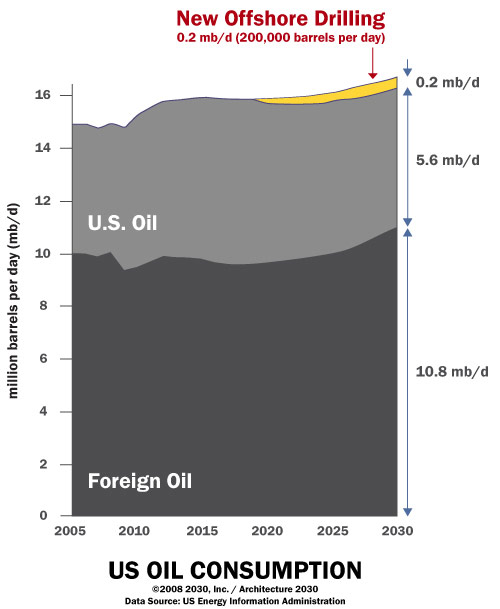
Saw this first at After Gutenberg, but it came via itsgettinghotinhere from a Architecture 2030 e-news bulletin.
A picture (or in this case, a graph) tells a thousand words.
Funeral Director Argues That Natural Burial Is Harmful To The Environment
You know you’ve been sniffing a little too much embalming fluid when you argue that natural burials are bad for the planet. And yet, that’s just what a funeral director from New Zealand did while participating in a debate on the topic during a town council meeting earlier last month.
Francis Day, of Marsden House Funeral Services, told the Nelson City Council that putrefaction of a body that was not embalmed would lead to higher toxicity levels in the surrounding soil to levels “which in many places would breach World Health Organization standards.” He continued that diseases and bacteria do not die when a person die but go right on living and could put “future communities at risk”.
Utah Residents and Businesses Do Not Own the Water that Falls on Their Property
Like Colorado, Utah has laws on the books that make it illegal to collect rainwater that falls on one’s property. A Utah car dealer installed a cistern and rainwater collection system to feed a on-site car wash that has water recycling technology. This was in an attempt to “go green”. He was thwarted by the state government, and eventually had to work out a deal. Local residents who collect rainwater will not be bothered at this point because “there are bigger fish to fry”.
An Interview With Bob Waldrop
This spring I had the pleasure of talking with Bob Waldrop as part of a series of interviews done for the forthcoming book A Nation of Farmers. Bob is a native, 4th generation Oklahoman, who was born and raised in Tillman County in southwest Oklahoma. His great-grandparents came to Oklahoma Territory before statehood. He is the founder of the Oscar Romero Catholic Worker House (which delivers food to people in need who don’t have transportation), the president of the Oklahoma Food Cooperative, and works as director of music at Epiphany of the Lord Catholic Church. He served on the founding board of directors of the Oklahoma Sustainability Network, and previously served on the Migrants and Refugees Advisory Committee of Catholic Charities. He is the editor of Better Times: An Almanac of Useful Information, which is distributed free. The 5th edition may be viewed at www.bettertimesinfo.org/2004index.htm. He is a member of the Oklahoma Food Policy Council. Although not presently active in the program, he has served as an Oklahoma County Master Gardener.
A big thank you to Sarah Louise Hartman for transcribing this interview.
Aaron Newton: Bob, could you describe the Oscar Romera Catholic Worker House, and the operations that you’re a part of there in Oklahoma City?
Eleven Year-Old’s Organic Veggie Stand Shut Down by California Mayor
I think that Joel Satalin can add another chapter to his book Everything I Want To Do Is Illegal after reading this story. I mean, really, a child’s veggie stand shut down for lack of permits? What’s next, no lemonade stands or car wash fundraisers?
ABC News via ABA Journal:
Call it a rite of passage: children by the roadside peddling their homemade goodies to adults who are more than eager to drop a few cents into a makeshift cashbox.
But Katie and Sabrina Lewis’ veggie stand, in the town of Clayton, Calif., where they sold homegrown watermelons for $1, has been shuttered by town officials who told the girls’ parents that their daughters’ venture violated local zoning ordinances.
“I think that they’re wrong,” dad Mike Lewis said of the town officials. “Kids should be able to be kids.”
Mileage Improvements By Driving Less And Driving Slower
Back in April, I began an exercise in driving less and driving with fuel economy in mind. What I learned surprised me. Simple, obvious steps made the most difference. I drive a 98 Oldsmobile Alero and before I began, I was getting about 27 MPG, now I am up to 34 MPG. That’s a 7 MPG savings, using simple steps anyone can do.There are groceries, banks and just about everything I need within walking distance from work, so as a rule, I drive to work, then I drive home and that’s it. I occasionally drive to run some errands (there is only so much walking one can do on a lunch hour).
I began turning off the car at train crossings, or when stuck in a traffic jam, but the biggest jump occurred after slowing down to 60 MPH. I went from 29 MPG to 34 MPG. That’s huge.
Also, I rode my bicycle over 120 miles in June, and I’m well on my way to matching that for July. That’s trips to the hardware store, bank, goodwill, and beer runs (all within about 3 miles of my house). At 34 MPG, bicycling alone has saved 3 1/2 gallons of gas, or almost a 1/3 of a tank. That’s amazing!
Don’t Pin Your Hopes on a “Green” Economy
Both presidential candidates have stumped for a new “green” economy. To me this smells of the supposed transformation to the “information economy” touted only a decade ago. Fortune had this to say on June 30th:
What senators McCain and Obama believe about U.S. energy policy matters – hugely. To fight global warming, the next President will oversee the transition to a new, green economy , which will result in one of the biggest business transformations of the 21st century and potentially one of the largest transfers of wealth since the creation of the income tax.
